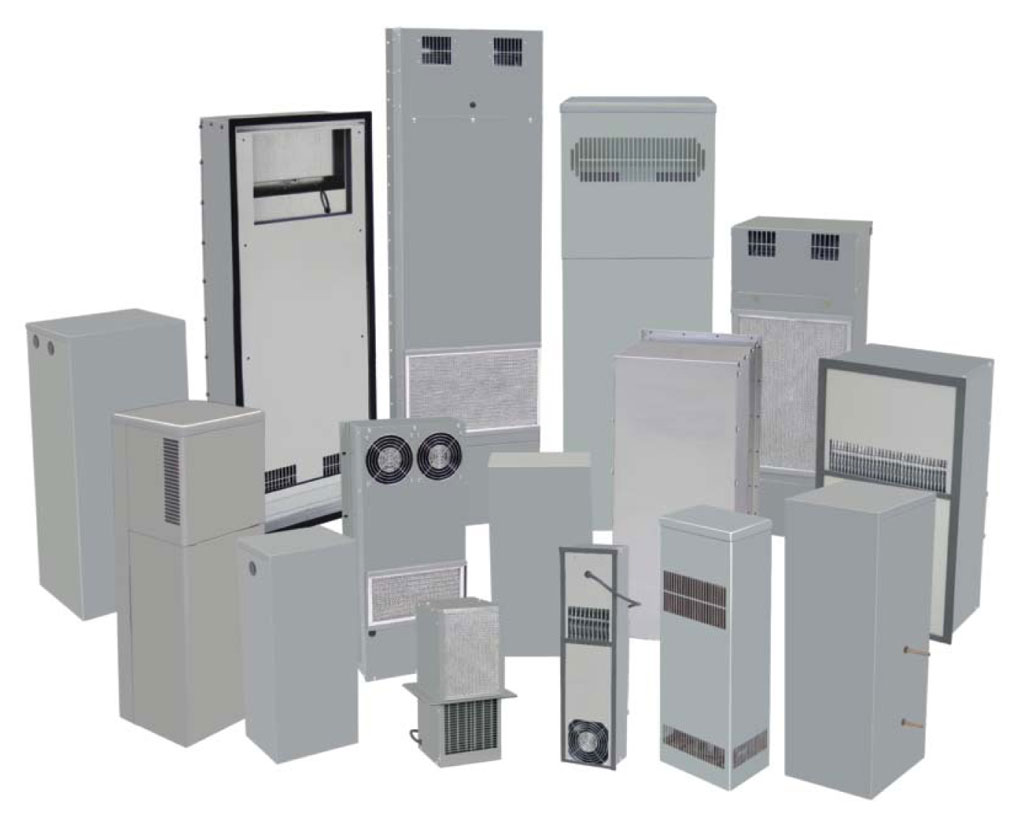CertifiedRefugee
New member
Do anyone have info or links on how to install a mini split in a grow tent
The term might cover different designs, but to me, a mini split is two boxes linked by an umbilical cord. Often using quick release couplings. The hot box is usually put outside, while the cold box contains the compressor and condense catch tank.
Edit: My bad. I'm talking about the mobile units. The fixed installation types have the compressor outside, so is just an air-con, and the mini part of the description really means it's for just one indoor box, and likely a quick connect, already gassed item.
Under 9000btu is very uncommon for any aircon. You might find a 5000btu window unit. Which is a big unit for a square tent.
that is the plan, trying to figure out would it be a waste with the mini split because Iam not going to run a sealed room. Guessing to just add a lot bigger and more intake, exhaust fans to the setup prob the best way to deal with the heat.Are you going to reduce the exhaust flow with the added cooling?
Yes the added volume will make it a lot easier.that is the plan, trying to figure out would it be a waste with the mini split because Iam not going to run a sealed room. Guessing to just add a lot bigger and more intake, exhaust fans to the setup prob the best way to deal with the heat.

Not seen these. Took me a moment seeing watts/*FWe used some Air to Air heat exchangers in our electrical cabinets at work. They had some sort of a transfer fluid in them . As long as there was a temperature differential you could blow across one end of them they worked great. I have no idea of the cost. Here's some examples.

Enclosure Heat Exchangers | Kooltronic
Kooltronic air to air and water to air heat exchangers are designed to cool electrical cabinets with reliable performance and low maintenance. Learn more.www.kooltronic.com
The ones I saw were smaller than a shoe box. Mounted on the outside wall on the inside of the enclosure. The element looked like a heater core somewhat but it was completely sealed. It was divided in half with the cool, one exposed to the air inside and the other had the cool outside air blowing on it.Not seen these. Took me a moment seeing watts/*F
It's like a big liebig condenser.
We see them packaged up as heat recovery units. $300+
I can't see the OPs need for aircon. Put the tent in some garages and it will be cold and puddling, as the RH condensates on the walls.
That's even more interesting. I would usually be thinking about thermo-electric cooling at this sort of size. So it's a bit of a slap in the face seeing these. Though #I might be able to recover...The ones I saw were smaller than a shoe box. Mounted on the outside wall on the inside of the enclosure. The element looked like a heater core somewhat but it was completely sealed. It was divided in half with the cool, one exposed to the air inside and the other had the cool outside air blowing on it.
I think the best option for me is to shutdown doing the summertime months considering I don't have a basement, garages are just still too hot wish I had a basement to utilize the coolness of the underground.